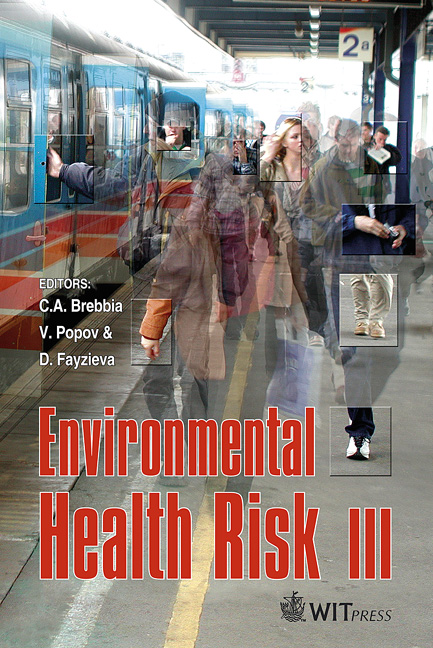Brownfield Redevelopment, Integrating Sustainability And Risk Management
Price
Free (open access)
Transaction
Volume
9
Pages
10
Published
2005
Size
396 kb
Paper DOI
10.2495/EHR050031
Copyright
WIT Press
Author(s)
K. Pediaditi, W. Wehrmeyer & J. Chenoweth
Abstract
Different definitions of risk too easily lead to differences in the type and level of risk accepted by varying stakeholders involved in the remediation process and redevelopment of contaminated sites as a whole. This can be rooted in the way risk information is interpreted and evaluated: technical risk definitions are largely evidential and based on engineering or technical contents, whereas social risk definitions are typically experiential and based on shared understanding and interpretation of information, including history and events. Brownfield redevelopments are characterised as high risk projects, due to potential onsite contamination, with some developers effectively redlining such sites. Yet, the Sustainable Urban Brownfield Regeneration Integrated Management (SUBRIM) Consortium identified that although contamination may be present on a site it may not always be the primary concern of the community affected by the redevelopment. It is argued here that risk is perceived by the public in a much more holistic, social way, which bears similar characteristics to the concept of sustainable development. The paper presents the results of a survey of perceived risks and impacts of a proposed development in Greater Manchester, UK, and draws conclusions for the need for risk communication and integration of the concepts of sustainability and risk, specifically with regards to brownfield regeneration projects. Keywords: risk, sustainability, public, contamination. 1 Introduction In 2004, brownfield redevelopment became a core objective to achieve sustainable communities [1] which is subsequently reflected in a number of strategic guidance and policy documents. In fact, the UK government has set a target that 60% of new homes should be built on previously developed land [2].
Keywords
risk, sustainability, public, contamination.





